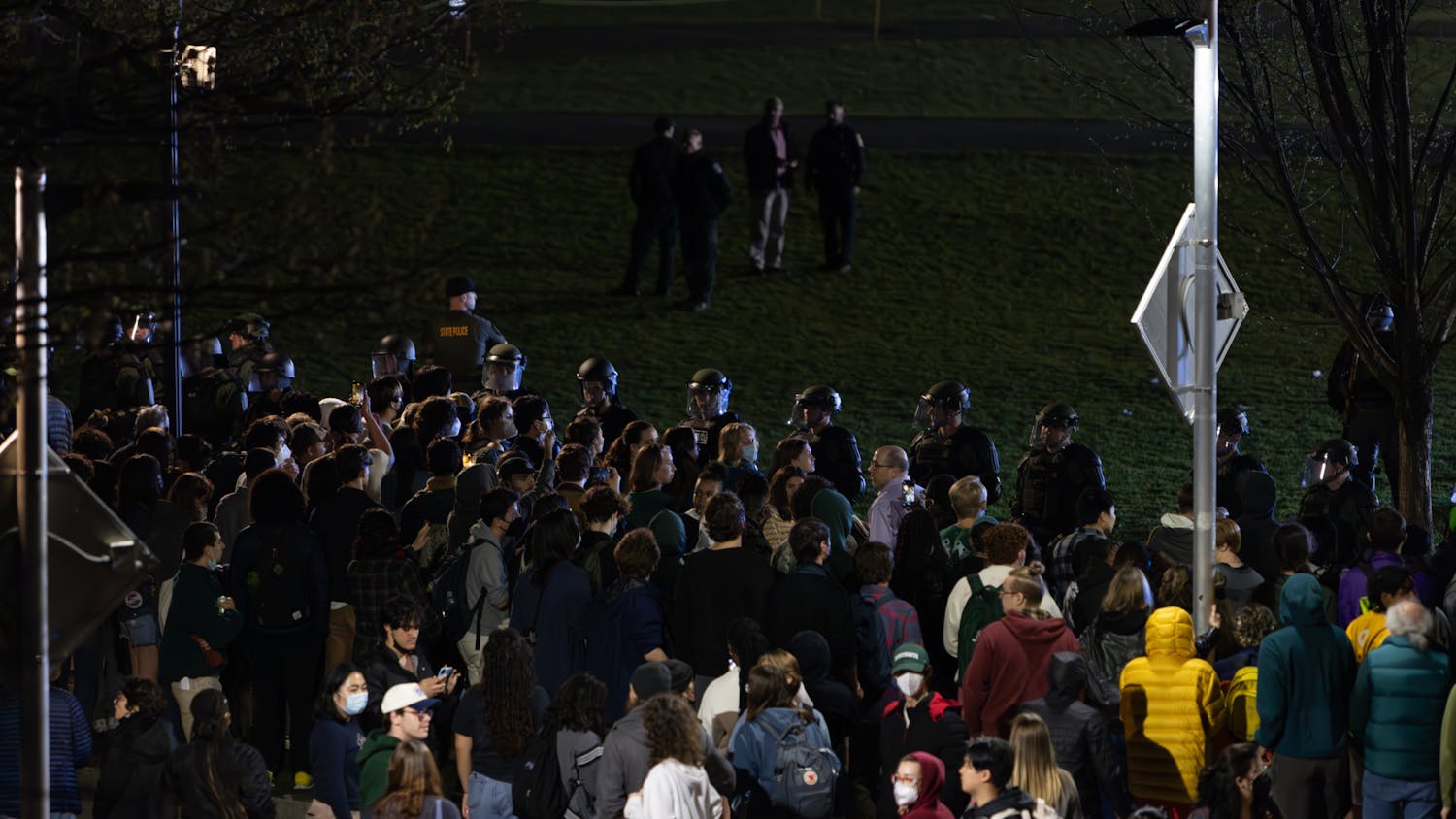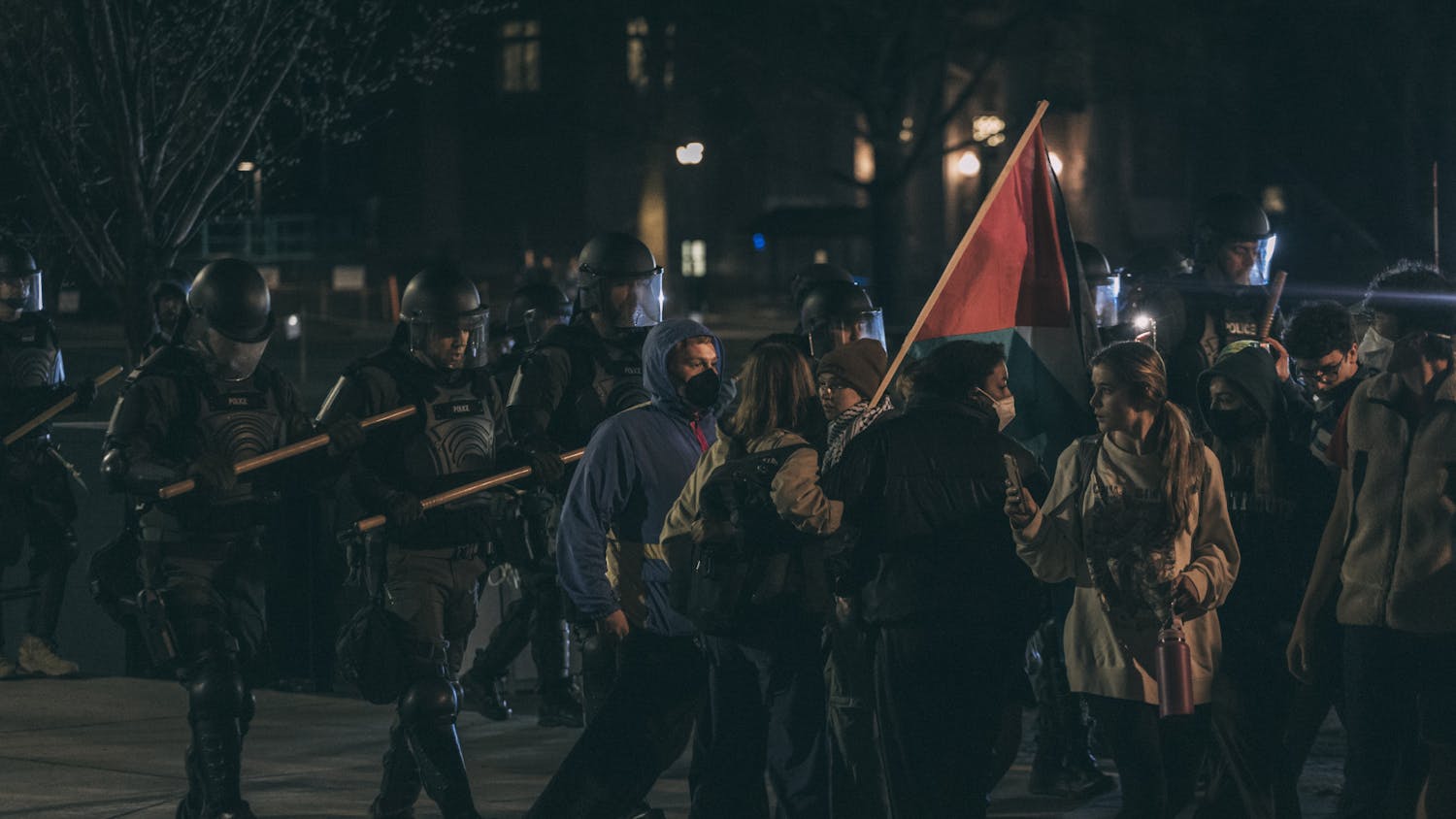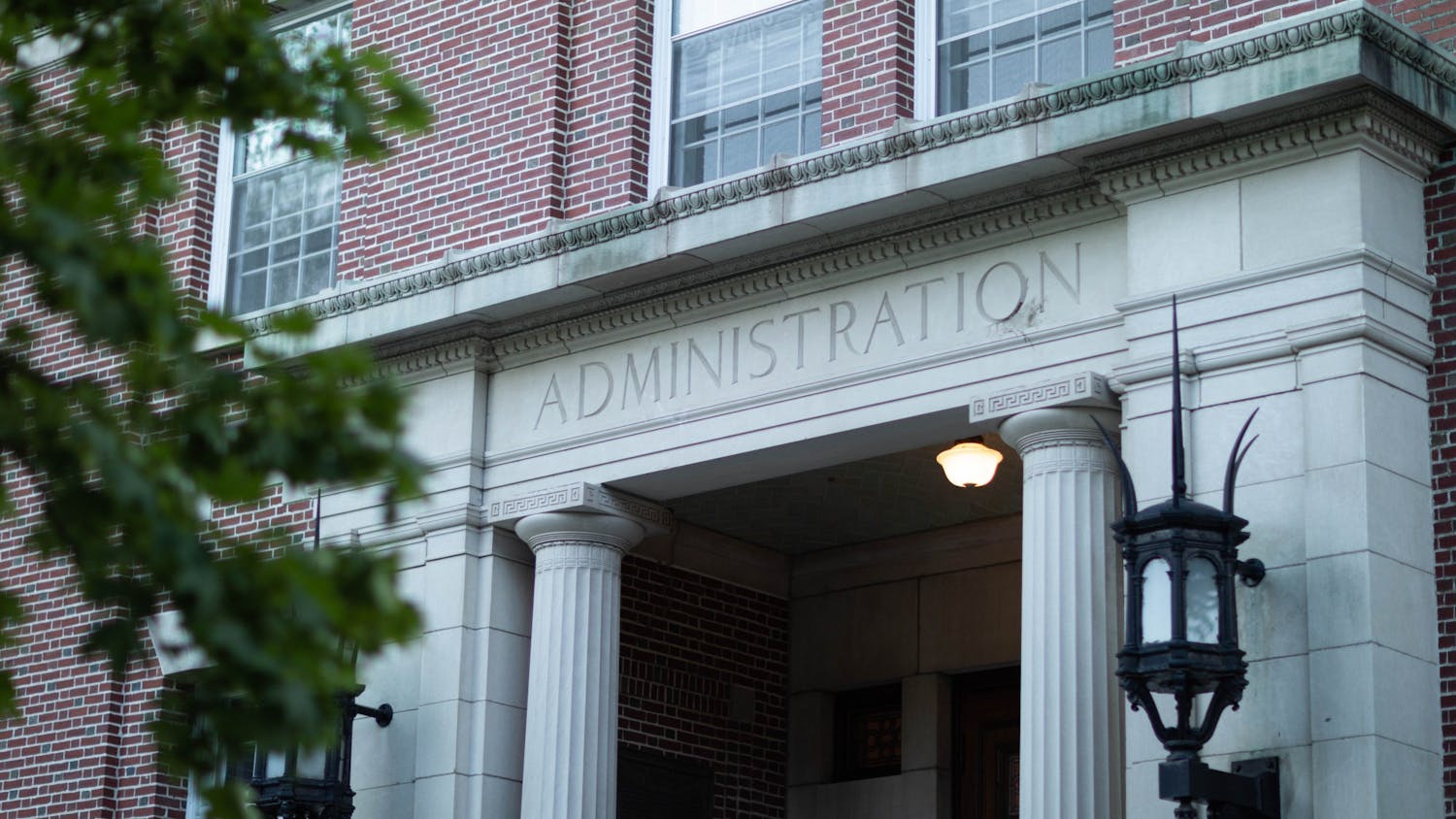The mission of the College's Campus Planning and Design Committee, according to its chair Margaret Dyer Chamberlain, is to maintain the feel of Dartmouth -- a school with such inherent character that it inspired Dwight D. Eisenhower to remark, "This is what a college should look like," when he visited in the 1950s.
But "what a college should look like" is a pretty vague assessment.
As Campus Master Planner Lo-Yi Chan '54 put it, "We must preserve the core campus. That's so obvious that almost no one would refute it. As the campus grows, though, we have to find good ways to connect the newer parts of campus to the core campus." He added that this task is easier said than done.
He explained that individuals involved in the decision making processes have personal definitions of exactly what "good ways to connect" means for Dartmouth.
Differing opinions have led periodically to heated debate among CPDC members and others on campus as they look towards Dartmouth's future.
According to committee member Margaret Spicer, former College president David McLaughlin initiated the committee 17 years ago because he wanted to see care put into the overall planning of the campus. Spicer has been a committee member ever since.
The "monolith"
When the CPDC met its biggest obstacle to date -- Berry Library -- Spicer was on the front lines of opposition.
"I think my biggest objection was the scale and size. I would have personally preferred more Georgian detailing, because I think Baker is an absolutely beautiful building," Spicer told The Dartmouth in a former interview.
But now, Spicer claims that she is less troubled by the Berry structure, which has been compared to a mill and a monolith. "I still have concerns about it," she said. "But I really can't say anything until the building is finished and after Bradley-Gerry is torn down."
Spicer's wait-and-see stance on Berry is the current committee line when it comes to the almost-completed structure.
Chan, who is now updating the campus master plan for the first time since the Trustees released the Initiative two years ago, said, "I still hear a lot of upset, but people are reserving judgement until Bradley-Gerry comes down. People are saying, 'Let's not make a judgement yet.'"
Chamberlain said she is encouraging people to wait for Berry and the surrounding areas to be finished before passing judgement.
Improvements in design
In the meantime, Chamberlain said the CPDC is hard at work analyzing other aspects of the College's future architectural plans. The committee is working under the standards set forth in its new charter, which was established for clarifying purposes after the Berry controversy made relations tense between the committee members, administrators and Trustees -- who ultimately approved the library's construction against the advice of the committee.
As Chamberlain explained, the CPDC is an advisory committee that reports to College Provost Susan Prager on issues of landscaping, master planning, the general physical environment of the campus and individual building projects. Under the new charge, she said the advisory role of the committee has been made clearer. She called the new job of the CPDC "a new broader charge" that includes campus master planning.
She indicated that much of the Berry controversy arose because the committee members thought the provost and the Trustees were not taking their informed opinion into account when they approved construction.
But Chamberlain said a controversy on the scale of the one Berry provoked is very unlikely to happen again. She said the committee now does a review of new buildings at the phase of the project called schematic design.
"This is at a point where you could make changes, have a conversation back and forth with an architect," she explained.
Chair of the Board of Trustees Bill King '56 also emphasized that a process of discussion is important before the Trustees make final choices that can affect the campus' future.
"What happens is that there are proposals made, discussions about those proposals," he said. "Then that may go through two or three or four iterations. It is a question of a process of designing a facility for the College that goes through a number of steps, a number of levels of review."
King said the CPDC forms one of the opinions that comes to bear in a final decision.
When it came to Berry, he said, "I don't remember the specific remarks. What I recall is there is a process that we went through that culminated in the ultimate design that most people agreed with."
Moving forward
According to Campus Planner Chan, the next five to 10 years will be very active ones for campus development -- even more so than during the past five years.
He said the College has focused on the library and some renovations in the past five years.
However, now, Dartmouth is going to build "totally new beds, a dining hall and recreation facilities" among other structures.
"We'll be able to see them," he said of the changes that are set to happen in Dartmouth's near future.
Chamberlain explained that the Initiative has prompted the CPDC to alter some of its goals over the past few years to fit into its criteria.
For example, plans for residence halls north of Maynard Street, as well as another on Tuck Mall near Butterfield are in the planning stages. The College is also designing a dining hall North of Maynard Street.
Other major projects include a new Thayer School building, expansions in the area of Collis, Thayer and Robinson, new graduate residences -- most likely along Park Street, a new life sciences building and an expansion of the Hopkins center, among others.
An overall plan?
Soon, Chan will release the new campus master plan, intended to guide the College as it sketches its future, but according to King, there can be no overarching criteria for new campus structures.
"Is there a master plan?" he asked. "The answer of course to that is no."
He emphasized that each new building must be analyzed separately.
"No one's ever had a full vision of what the campus is going to look like in 50 years," King said. "We have to think our way through each facility as it comes along, keeping in mind structural integrity and principles of design. It's not just willy nilly. But each building is considered."
He said with each proposed building the College must ask where it will be located, what its function will be, what design issues pertain for the internal and external areas and what equipment will be needed in the building.
Chamberlain and Chan emphasized a more philosophical type of design -- pointing to the overall "small college" feel and "unity" of the campus.
"The Green is quite protected," Chamberlain said, explaining that the open space in the center of the campus is almost sacred here at Dartmouth and noting that the spaces surrounding the buildings that line the Green are also important to the campus' general look.
But she said as you walk away from the center of campus, you enter a new realm where the classic architecture of buildings that surround the Green no longer make sense.
"We want to knit that part of campus with the rest of our campus," she said, noting that other schools have run into problems of divided and disjointed campuses when they have built structures that split up spaces -- both physically and aesthetically.
As Chan put it, "Some say make it just like the old campus, complete with the same bricks and the same windows. Others will say, we can make the same connection by use of scale, color, roof lines, openings such as windows and doors and still be original."



